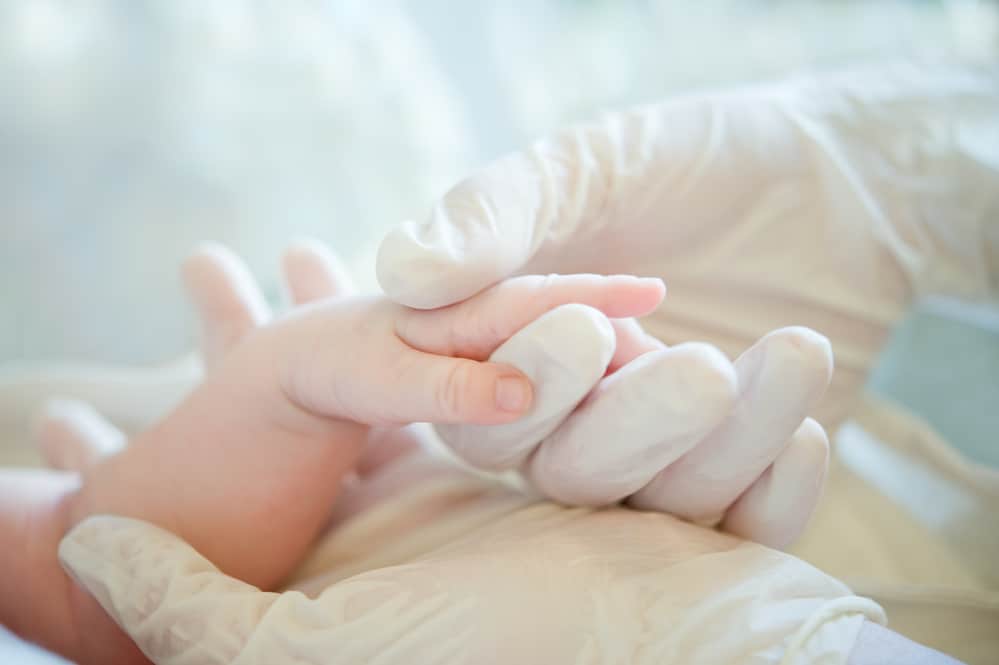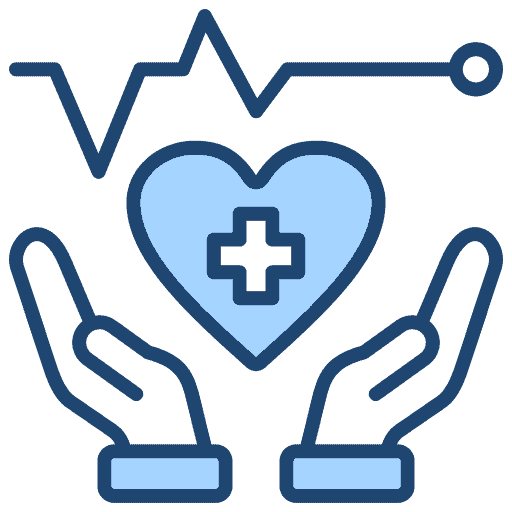
Overview
It’s that time of year again: winter. With it comes seasonal medical conditions such as viral bronchiolitis. This is a condition common in young infants, usually under the age of one, where the very small airways (bronchioles) become inflamed. It is caused by a virus, most often Respiratory Syncytial Virus, usually referred to as RSV.
This is a very contagious virus which spreads both by aerosol droplets and on surfaces. Adults can also get it, but usually they get milder symptoms. Remember PPE on any call involving a virus to best protect yourself.
RSV symptoms can last for several weeks, prompting many parents to see their doctor for antibiotics; however, antibiotics don’t treat viruses and are not indicated for this condition. I can’t tell you how many times I have had this conversation with parents who seem very hesitant to accept this fact.
Fortunately, most kids that get this infection don’t develop respiratory distress unless they have risk factors. Those at higher risk include kids with congenital heart disease, depressed immunity, and premature infants. Some of these patients will end up in the hospital for treatment.
This is a very contagious virus which spreads both by aerosol droplets and on surfaces. Adults can also get it, but usually they get milder symptoms. Remember PPE on any call involving a virus to best protect yourself.
RSV symptoms can last for several weeks, prompting many parents to see their doctor for antibiotics; however, antibiotics don’t treat viruses and are not indicated for this condition. I can’t tell you how many times I have had this conversation with parents who seem very hesitant to accept this fact.
Fortunately, most kids that get this infection don’t develop respiratory distress unless they have risk factors. Those at higher risk include kids with congenital heart disease, depressed immunity, and premature infants. Some of these patients will end up in the hospital for treatment.
Signs & Symptoms
Typical symptoms appear like any viral cold: runny nose, fever, cough. Those that become more ill will begin to show signs of respiratory problems. In babies, respiratory distress can present as lethargy, poor feeding, nasal flaring in inspiration, and as the condition gets worse, grunting, tachypnea, tachycardia, and intercostal/supraventricular retractions develop. You can often hear wheezing on auscultation.
Assessment & Emergency Care
You should have some idea of the normal range of vitals in a baby – a baby’s normal respiratory rate is 30-60, and is often irregular with pauses of several seconds, so you need to measure for at least 30 seconds and often measuring over a full minute is best. Normal pulse in a baby under a year of age is about 90-160, and best checked at the brachial artery on the inside of the upper arm. And remember assessment isn’t just about numbers – does the baby look ill?
Every EMT should be able to recognize respiratory distress. If you are seeing signs of respiratory distress then start high flow oxygen as soon as you recognize it. Albuterol neb can be tried, but is often not effective for this condition. Oxygen is what a baby in respiratory distress needs immediately.
Every EMT should be able to recognize respiratory distress. If you are seeing signs of respiratory distress then start high flow oxygen as soon as you recognize it. Albuterol neb can be tried, but is often not effective for this condition. Oxygen is what a baby in respiratory distress needs immediately.
Risk of Asthma
As an interesting aside on this topic, children that had RSV as infants have higher incidence of asthma later in childhood. It is not known whether this is a causal relationship, or if the kids who got bronchiolitis were at a higher risk for it because of their predisposition for asthma.


